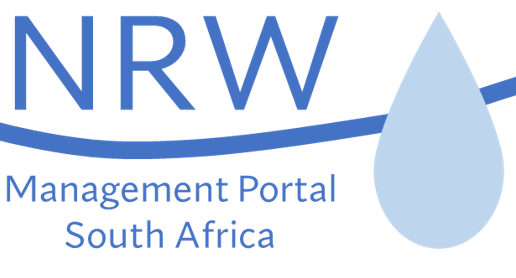Saving water and water demand management (WDM) in general can be quite confusing to a municipality wishing to embark on some form of water loss reduction activities. A lot of work has taken place in South African and internationally to support water loss reduction in order to save money.
Tag: Water tariffs
ScoreCard V23
Municipal Scorecard for Assessing the Potential for WC/WDM Efforts in Municipalities.
Tariffs
Water service tariffs are associated with the supply of potable water and with the managing and sanitizing the used (waste) water.
Water Demand Management
This guide concentrates on highlighting the key issues in simple and straightforward terms in an attempt to explain what interventions can be undertaken in order to reduce water losses from municipal water supply networks and how best to implement them.
National Pricing Strategy for water use Charges
This strategy seeks to facilitate reform in the sector as well to provide transparency and predictability to water users on how water will be priced.
Introduction to Integrated Water Meter Management
Water metering is particularly important for municipalities since it forms the basis for much of their income through the sale of water to their consumers.
Municipal Water Demand Management Balanced Scorecard Model
Balanced Scorecards have been used for many years to assess and monitor complex situations which involve a wide range of functions, many of which cannot be assessed or quantified in a normal manner. It is ideally suited to multi-disciplinary activities such as the operation and management of a water utility.
LITERATURE REVIEW ON PRICING AND DEBT MANAGEMENT FOR WATER SERVICES
User fees, tariffs and property rates charged by the apartheid regime, had little relevance to the marginal cost of providing them. During the 1970s and 1980s, white suburbs and industries received per capita infrastructure investments on par with or even higher than most European and North American countries through heavy government subsidies.
Department of Water and Sanitation Revised Norms and Standards
Norms and Standards in Respect of tariffs for the water supply services supplied directly to consumers.
Guideline for No Drop Programme
The No Drop assessment enables the regulator to measure the performance of WSAs, and subsequently to reward (or penalize) the institution upon evidence of their excellence (or failures) according to the minimum standards or requirements that have been defined.
